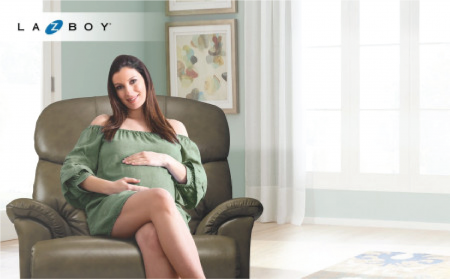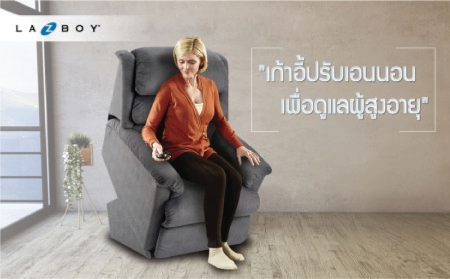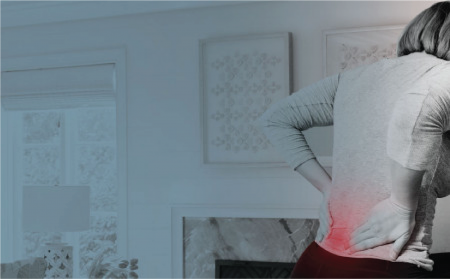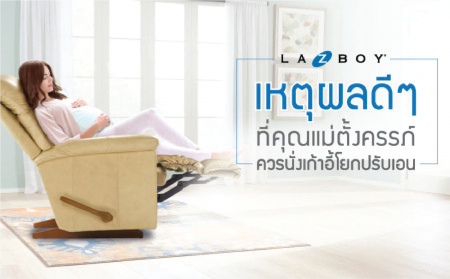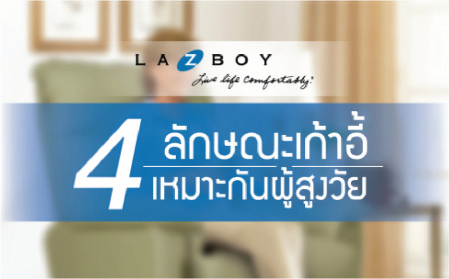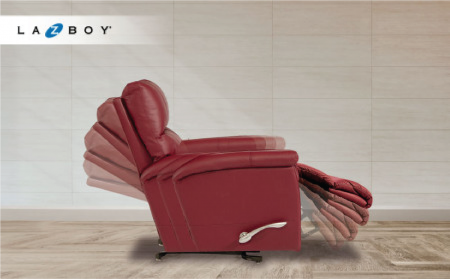Varicose veins

Varicose veins are caused by abnormalities of the tongue and walls of the veins. Normally, when we stand, the gravity of the Earth will attract the blood in the veins down to the Earth's magnetic field. This causes the blood in the legs to have more pressure on the arterial walls than the blood in the upper part of the body. If there is a thrombosis of the valve in the vein or inflammation of the venous wall along with it, it will lead to congestion in the peripheral arteries, thus causing the vein wall in the subcutaneous layer to expand abnormally and turn into Varicose veins.
symptoms of varicose veins
Usually, people with varicose veins will have noticeable physical symptoms, namely, dark green bulging veins appearing in various points of the body from the calves, calves, folds of legs, thighs, thighs, hips, abdomen, etc.
When you press it, you will feel pain and tightness in the area. Especially before menstruation, these symptoms will become more apparent.
In severe cases, if standing or sitting in the same posture for several hours, the pain in the legs and feet will be swollen. Due to the amount of blood and lymph to congestion in the legs and feet than normal people. This causes the lymph to seep out of the veins, causing abnormal muscle spasms leading to nighttime cramps and itching sensation in the skin in that area. If not treated properly by a doctor, it can lead to inflammation that can lead to ruptures in the blood vessels in the area and can be dangerous.
Who is the risk group?
Varicose veins are more common in women aged 40–50 years, the elderly, obese people, and pregnant women. It was also found that If a family member has a history of varicose veins in the past, there is a higher risk of developing the disease in the future than the general population.
However, those who are young are also at risk of varicose veins, especially those who have to stand or sit for a long time, such as receptionists. restaurant waiter, dentist, department store employee, including company employees who have to sit and work for a long time, etc.
Treatment of varicose veins
Currently, there are two approaches to treating varicose veins, namely palliative treatment. It will focus on prevention and symptomatic treatment, such as the area of varicose veins, if there is pain, use compression massage, change posture or wear special stockings to support the veins according to the doctor's advice to helps reduce leg swelling, etc.
Surgical treatment by a doctor, is used when the condition is severe or has other dangerous complications, such as severe swelling of the feet, chronic wounds, the skin in that area is inflamed, etc.
Basic advice for early varicose veins:
1. Should not stand or sit still for a long time. Because it will cause the pressure in the veins to rise until causing pain in the area of varicose veins. You should adjust your posture often to allow the body to have a chance to send blood to various parts fully.

2. Find time to exercise appropriate for age, such as aerobics, yoga, walking. To build flexibility in muscles, help vein valves open and close easily, and the blood system in the body has a better circulation.

3. Avoid wearing tight stays or clothing. This will make the blood circulation system and the valves of the veins work harder.

4. Try to sleep with legs elevated above heart level (may use pillows to support the toes or under the knees) to help blood circulate better, reduce pain, make varicose veins smaller.

CR: Cheewajit Magazine Issue 200 (1 February 2007)
--------------------
Articles you may be interested in
